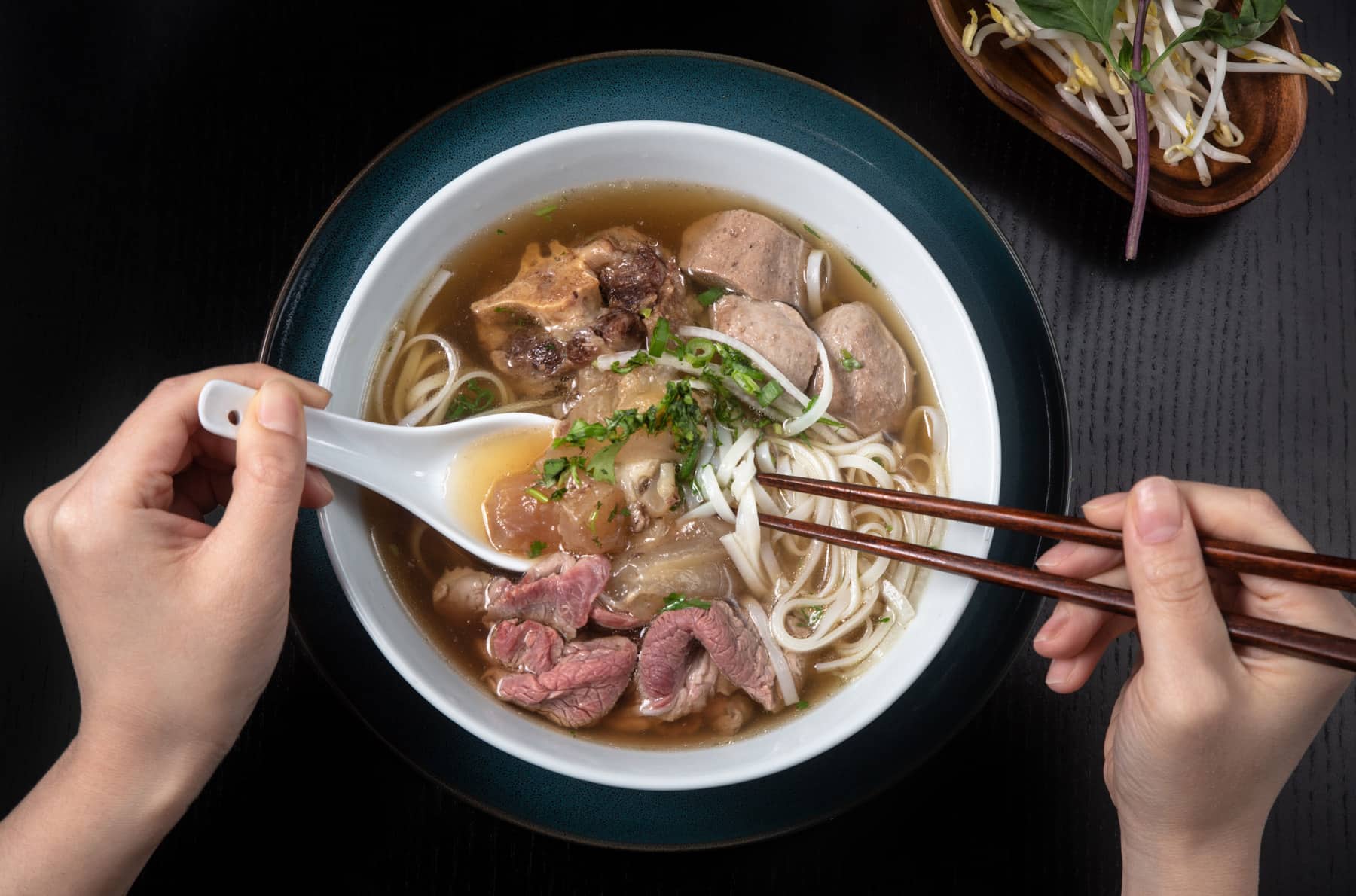What culture is pho from ?
Pho, a beloved Vietnamese soup, has captured the hearts and taste buds of people worldwide. This article explores the origins and cultural significance of pho, shedding light on its journey from the streets of Vietnam to becoming an internationally renowned culinary sensation.

(Pho is from Vietnam)
The exact origins of pho are shrouded in history and myth, but it is widely believed to have emerged in the early 20th century in northern Vietnam, particularly in Hanoi. Vietnam's tumultuous past, influenced by French colonialism and Chinese culinary traditions, played a significant role in shaping the dish we know today.
During French colonial rule, the French introduced beef to Vietnam. This introduction had a profound impact on the evolution of pho, as beef became a key ingredient in the dish. The French also brought the concept of slow-cooked bone broth, which became the flavorful base of pho.
Chinese immigrants brought rice noodles to Vietnam, and these noodles found their way into pho, becoming an essential component of the dish. Chinese culinary techniques and flavors also influenced the development of pho, with ingredients such as star anise and ginger adding distinctive tastes to the broth.
Pho started as a simple street food, sold by vendors who specialized in this delectable soup. It gained popularity among the Vietnamese population and became a staple dish in Hanoi and other regions of Vietnam. Over time, different regional variations of pho emerged, each with its unique twists and flavors.
Pho holds deep cultural significance in Vietnam. It is not just a dish; it represents a way of life and embodies Vietnamese hospitality and culinary expertise. Pho is often enjoyed as a communal meal, bringing families and friends together around a steaming bowl of aromatic soup. It is a symbol of comfort, nourishment, and unity.
The preparation of pho is an art form in itself. The broth, made by simmering beef or chicken bones for hours, is infused with fragrant spices like star anise, cinnamon, and cloves. The delicate rice noodles are cooked separately and added to the broth along with tender slices of beef or chicken. Garnishes such as fresh herbs, bean sprouts, lime, and chili add layers of freshness and complexity to the dish.
As Vietnamese communities migrated across the globe, they brought the flavors of pho with them. Today, pho can be found in Vietnamese restaurants worldwide, from bustling cities to small towns. Its popularity has soared, attracting not only Vietnamese diaspora but also food enthusiasts from diverse backgrounds who appreciate its unique blend of flavors and textures.
Pho's popularity has transcended cultural boundaries, inspiring culinary fusion and experimentation. Chefs around the world have incorporated pho elements into their creations, infusing the essence of this Vietnamese delicacy into diverse cuisines. Pho-inspired dishes, such as pho tacos or pho-inspired ramen, have emerged, showcasing the versatility and adaptability of this iconic dish.
Pho, a cultural gem of Vietnam, has captivated the world with its tantalizing flavors and rich history. Born out of a fusion of French and Chinese influences, pho has evolved into a symbol of Vietnamese identity and culinary prowess. Whether enjoyed in a street-side stall in Hanoi or a trendy restaurant in a cosmopolitan city, pho continues to enchant food lovers, reminding us of the power of cultural exchange and the enduring appeal of a humble bowl of soup.